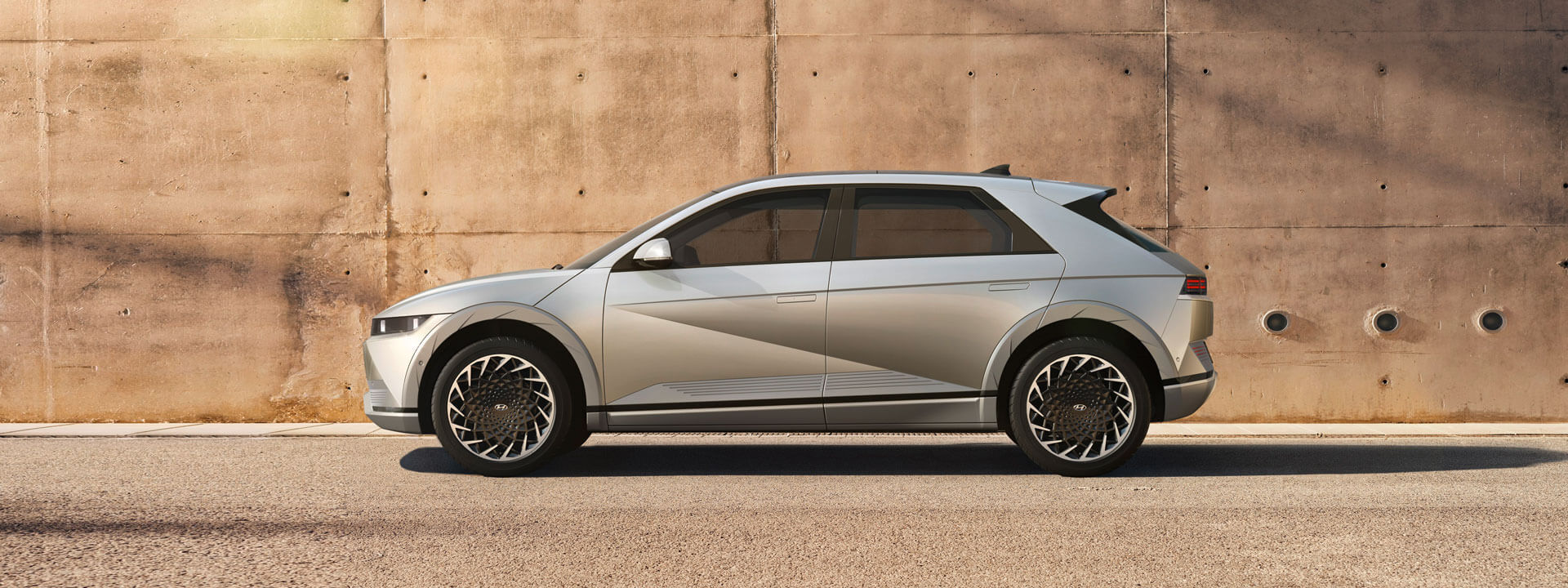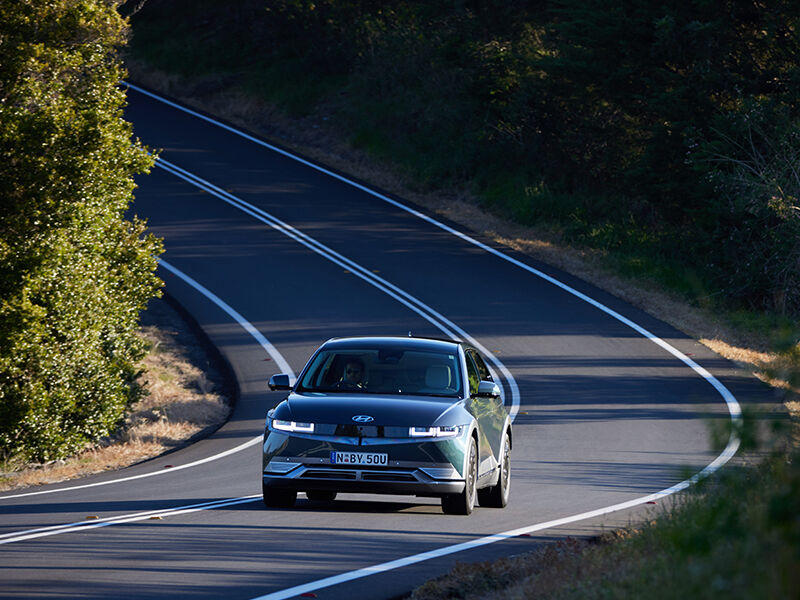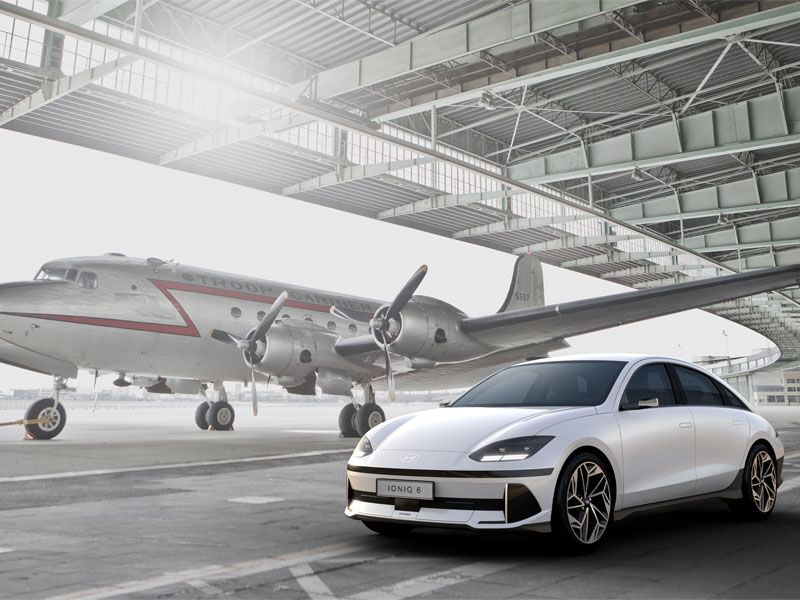Misperceptions vs reality: Debunking common myths about EV driving.
As a relatively new technology, misperceptions about EVs can be a common occurrence. We get to the bottom of some of the misunderstandings of driving an EV in Australia.
As EVs on Australian roads start to become common place and charging stations pop up around the country, general awareness of the technology is becoming greater than ever before.
Many Australians – be they individuals or fleets – are starting to consider buying an EV for the first time recognising that making the switch is not the hurdle it may have once been perceived to be.
With any new technology however, misunderstandings about costs and benefits are a common occurrence.
We look at some of the typical misperceptions around driving an EV and do some myth-busting to show that shifting to electric increasingly makes sense for Australian fleets.Myth #1: EVs don’t deliver enough driving range for my business.
Range anxiety concerns are probably the most common of the EV myths. While the range of some electric cars is shorter than their petrol and diesel-powered equivalents, the gap is quickly closing.
Importantly, according to ABS data, the average vehicle travelled 13,301km per year, or only 36.4km per day in Australia in 2020.
Hyundai’s newest EV, the IONIQ 5 which is set for launch later this year, has a maximum driving range on a single charge of around 470-480 km, according to the Worldwide Harmonized Light Vehicle Test Procedure (WLTP) standard.
With this sort of driving range, we believe range anxiety by business fleets is soon to become a thing of the past.
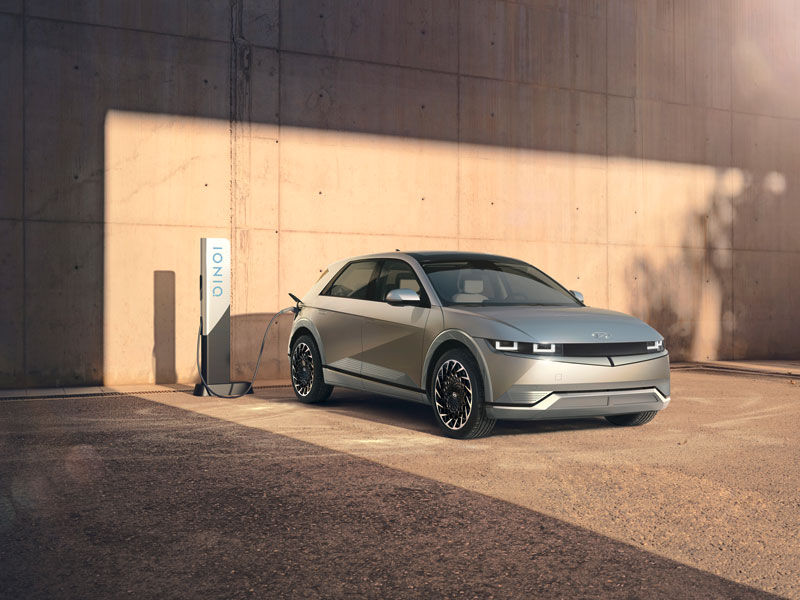
Myth #2: Australia doesn’t have enough charging infrastructure.
EV fleet managers will commonly charge their vehicles during non-use periods, such as overnight at their workplaces, and will find this is sufficient for their staff’s everyday driving needs.
However, the availability of public charging infrastructure as a backup solution or for those without access to home or work charging is an important factor in making the decision to go electric.
Fortunately, as the roll out of EVs in Australia gathers pace, so does their charging infrastructure. Electric highways in Western Australia, Queensland and Tasmania are now in place and there are over 2,500 charging stations across the country.
Common locations for stations include shopping centres, in regional areas, along highways, at tourist destinations, and in urban centres. All levels of government are increasingly supporting station construction projects to create an even larger charging infrastructure network.
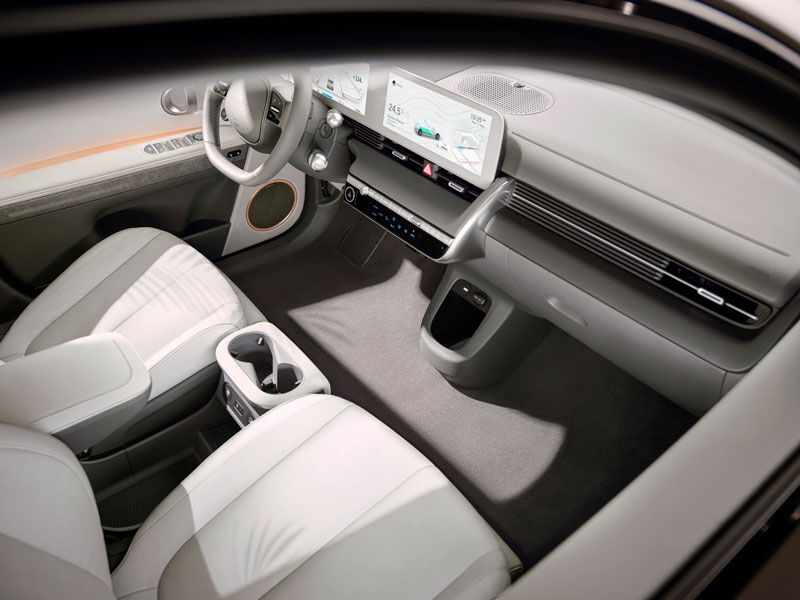
Myth #3: Charging time is too slow
For those needing to top-up batteries on the go, DC fast charging is even faster and more available in Australia than ever.
With a fast charge 350kW charger, the IONIQ 5 can charge from 10% to 80% in just 18 minutes. According to WLTP, IONIQ 5 users only need to charge the vehicle for five minutes to get 100 km of range, which means your daily driving needs are covered in the time it takes to buy a coffee.
Myth #4: EVs cost more to purchase and run.
However, when looking at the total vehicle operating costs the differences can be sizeable. That is the cost of owning and running an EV compared to a conventional vehicle, including purchase price, distance travelled, fuel costs, maintenance, depreciation and insurance.
EVs benefit from minimal maintenance requirements with no oil changes or maintenance for exhaust systems which can help reduce car maintenance costs significantly.
Furthermore, EV charging from public stations is often free or very affordable. According to the Electric Vehicle Council, it costs an average EV around AUD$4.50 in electricity charges to travel 100 kilometres, compared to AUD$16.65 for the average petrol car. That is an approximate saving of 73% on fuel costs, not to mention the benefits of zero emissions emitted from the vehicle.
Together, these top four myths can hold fleets back from an EV purchase, when in fact their use profile may perfectly suit the technology. The sector is rapidly changing so it’s worth staying abreast of all the latest developments to understand when the time may be right to begin the transition for your fleet.



